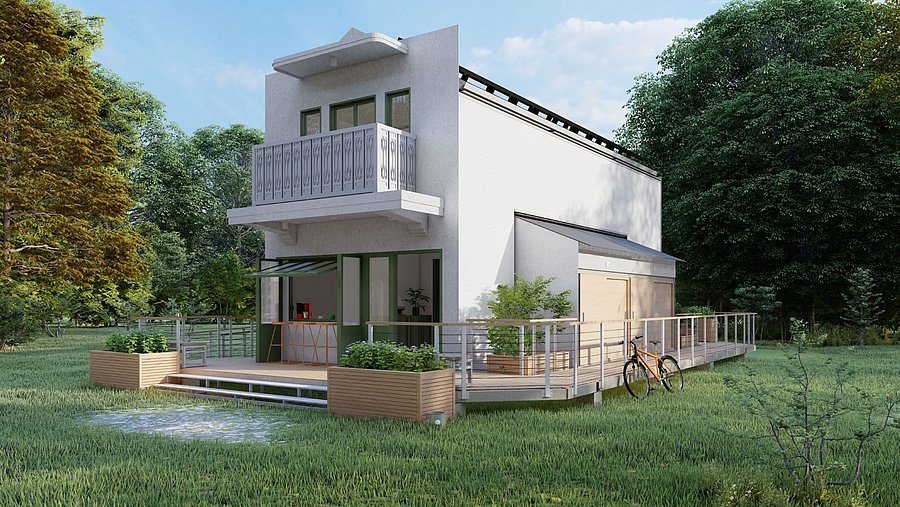The team
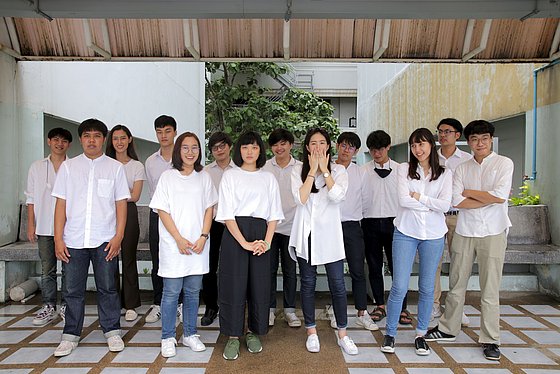
Team UR-BAAN
Team UR-BAAN is formed by King Mongkut’s University of Technology Thonburi (KMUTT) and two partner universities in Bangkok, Arsom Silp Institute Of The Arts and Kasetsart University. The word “UR-BAAN” derived from the competition’s goal that focuses on the transition of urban neighborhood whilst merging it with the word “BAAN”, a Thai word for dwelling, making it “A DWELLING FOR A CITY”. The team consists of over 70 students from various disciplines including architecture, engineering, science studies, and communication design. A team of KMUTT has already participated in the Solar Decathlon Europe 2019 in Hungary.
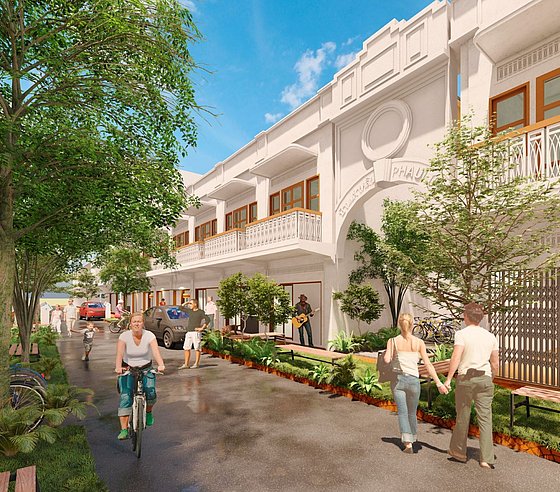
Visualisierung der Design Challenge
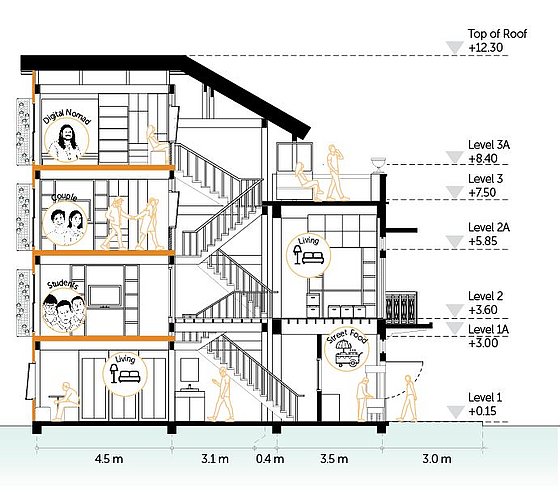
Schnitt der Design Challenge

HDU
The project
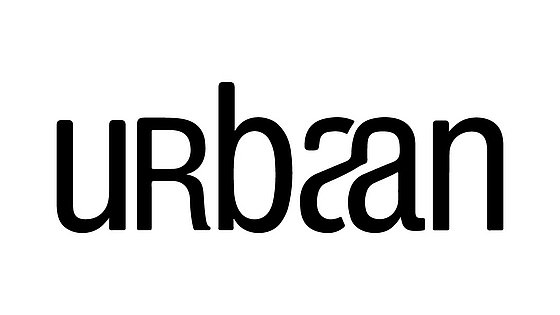
The neighbourhood selected for the project is Talat Noi, a charming historic quarter in Bangkok whose old building stock is currently underused. These buildings are called “shophouses”, commonly known as traditional Thai row houses, which is the most common building type found in Bangkok and Southeast Asia. Bangkok has been facing rapid urban expansion over the past decades. People migrate to suburbs due to cheaper land, changing lifestyles and the trends in the housing market, leaving degenerated shophouses in old neighbourhoods like Talat Noi to become less attractive living places.
The team's concept is to design a flexible and lightweight structure that can be practically integrated into the existing structure while affecting the current urban fabric as little as possible. More comfortable living spaces and energy-efficient solutions are designed to increase urban density. The solution sought out by the team is not only suitable for Talat Noi itself, but also for other old districts of Bangkok.
The building concept is a practical demonstration of how a design can embrace the idea of the circular economy, where underperformed parts can be replaced and upgraded with new ones to extend the building’s life rather than demolishing it. The flexibility is not only demonstrated in the replaceable elements but also in the fact that a shophouse unit can be used for both commercial and residential purposes, making the building useful not only for the owner or residents but for the whole neighbourhood.
One of the distinctive features of the building is the choice of local materials such as Thai rubberwood for the house structure that will be insulated with Kapok, a cotton-like material grown locally in the Southeast Asia region. Kapok is an eco-friendly material with interesting thermal properties comparable to industrial-grade Polyisocyanurate ( a thermoset plastic produced as a foam and used as a rigid thermal). It is used as an insulation layer throughout the house and combined with an airtight assembly to minimise the cooling load by reducing heat transfer and thermal bridging.
As the intensity of solar radiation is relatively high in Thailand, solar panels and collectors on the roof are used as the primary source for domestic hot water and energy production. To improve the indoor climate, the team uses natural ventilation with designs corresponding with the nature of heat flows. Ventilation strategies such as cross-ventilation are combined to reduce the cooling loads. In this way, active air conditioning can be avoided despite the hot climate.
contact
Thanaphat Puntavong, Project Manager
Email: thanapat.pun[at]outlook.co.th

